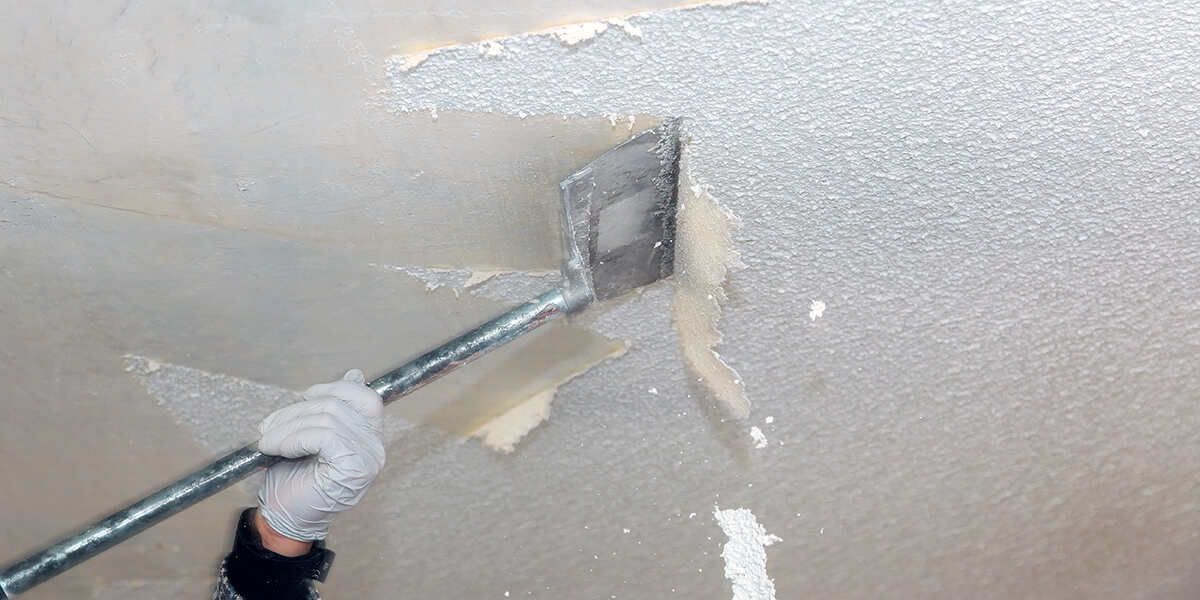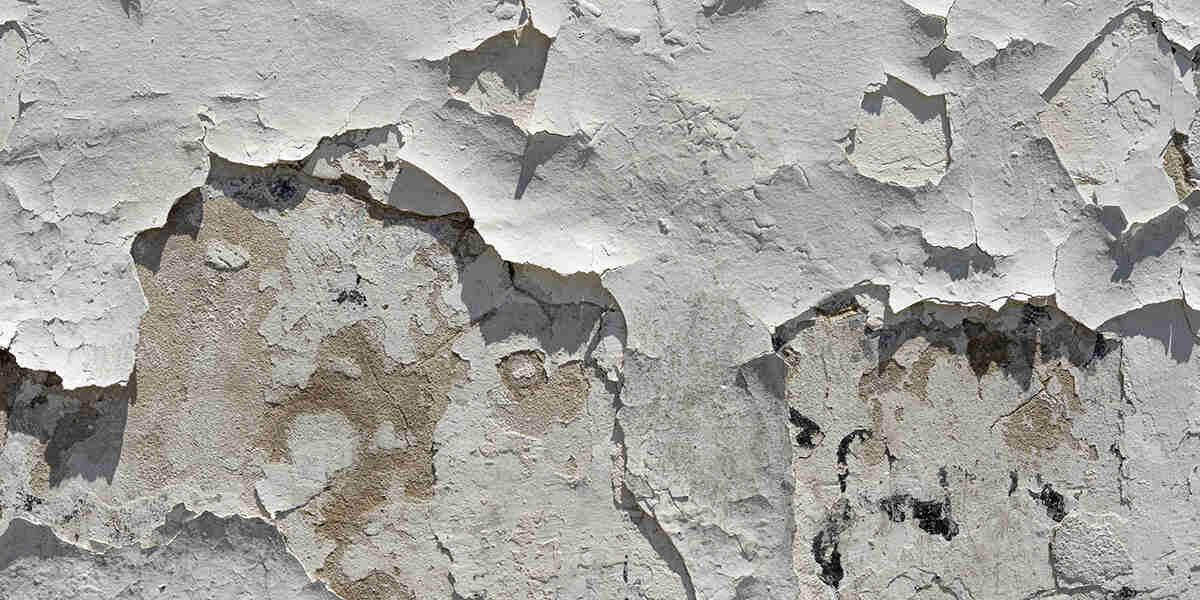Popcorn Ceiling Crack Repair: How It Works
Popcorn ceilings enjoyed their heyday of popularity a few decades ago. The quirky, cost-efficient popcorn ceiling texture helps cover up flaws while reducing noise. Today, however, popcorn ceilings are hopelessly outdated, and older ceilings often show signs of wear.
If you notice a crack running along your textured ceiling, you should contact a service that provides popcorn ceiling crack repair and expert drywall repair in Tucson. A drywall professional can suggest the best way to fix and upgrade your ceiling in a way that complements your home’s interior.
What Is a Popcorn Ceiling?
A popcorn ceiling features a bumpy surface consisting of many little polystyrene or vermiculite particles that offer sound-muffling properties. For decades, popcorn was the go-to ceiling type for bedrooms, hallways, and other spaces where reducing noise was important. The texture of a popcorn ceiling also made it easier to hide unevenness or imperfections.
On top of their unfashionable look, popcorn ceilings in older homes may also contain asbestos. If you know your ceiling was installed in the 1980s or earlier, contact professional repair services to assess and remove this potential hazard.
Repairing Cracks in a Popcorn Ceiling
Apart from unsightly appearance, cracks in a popcorn ceiling can point to a bigger issue, like moisture damage or a structural problem. When you hire a drywall and texture professional to repair your ceiling, the steps they take will usually be as follows.
1. Damage Identification
First, the crewmen will examine your ceiling to understand why the damage occurred. Without fixing the original issue, a newly repaired ceiling may crack again, and the original problem will persist.
If the repair team discovers an underlying issue, they’ll let you know and discuss possible solutions. For example, if you’re dealing with a leak, you’ll need a solution for moisture damage prevention before you proceed to any cosmetic repairs.
2. Cleaning, Scraping, and Sanding
Popcorn ceiling crack repair is messy, so the crew will start by covering any furniture or flooring with plastic sheets. The next step is cleaning any accumulated dust, cobwebs, and other debris that may have become stuck in the tiny crevices of the stucco ceiling. Then, your ceiling will get a spraying of hot water to soften the popcorn-like texture and make it easier to remove.
Next, the drywall and texture pros will begin scraping off the popcorn texture. This is a tedious process, and it’s important to be gentle to avoid any drywall damage. Stubborn popcorn ceiling patches may need an additional hot water treatment.
Once all the popcorn texture is gone, the sanding process begins. Depending on the size of the ceiling, the crew may use a manual or an electric sander. This is another time-consuming step involving a lot of dust, so keep your family and pets away from the repair area.
3. Applying Drywall Compound
At this point, the repair crew will use a drywall joint compound to fill any cracks or holes in the ceiling. It’s important to apply the compound evenly and ensure it has dried thoroughly before proceeding. Once the compound has dried, the ceiling will typically require another, finer-grain sanding.
4. Choosing New Ceiling Texture and Paint
Today, interior design leans more toward clean, crisp lines rather than the bumpy texture of popcorn ceilings. Thus, you might decide you want a perfectly smooth ceiling. Alternatively, you may go with a textured but different, more modern-looking ceiling design.
Even though they’re less trendy today, textured ceilings can be practical and functional. They’re easy to install and are good at absorbing sound. And if you have a very uneven ceiling, textured paint can help hide blemishes.
Your choice will depend on whether you’re removing and upgrading your entire ceiling or repairing a localized crack. If you decide on the latter, the crew will do its best to match the texture of the existing popcorn ceiling.
The final (and probably most fun) step is choosing a color for your ceiling. Lighter colors will usually make the ceiling look higher and brighten up your space. You can also choose a color that contrasts with your walls.
Need To Repair or Upgrade Your Ceiling? Call Goodwin & Sons
Is your old popcorn ceiling cracking, peeling, or showing other signs of damage? Call us at Goodwin & Sons. We provide quality popcorn ceiling crack repair, interior painting, and high-end drywall and texture solutions in Tucson, AZ.
Call (520) 990-2445 or fill out our quick online form for a free estimate.

